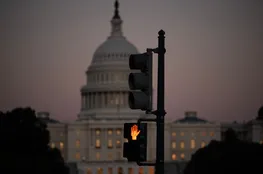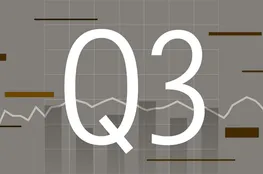The recent drop in the Personal Consumption Expenditures (PCE) price index to 2.1% marks a significant milestone for the Federal Reserve's fight against inflation. This figure aligns closely with the central bank's target of a 2% annual rate, setting the stage for potential rate cuts in 2024. Economists on Wall Street are optimistic that this will prompt a series of gradual reductions in interest rates next year, a move that could alleviate some financial strain on consumers. September's PCE figures matched the expectations of economists from Dow Jones and The Wall Street Journal, showcasing a promising decline from August's 2.3% as recorded by the Commerce Department. This achievement is quite notable given the high inflation rates experienced post-pandemic.
The Federal Reserve's recent interest rate cut, the first in four years, was a response to these improving inflation numbers, offering much-needed relief to consumers faced with significant debt burdens or those considering new loans. This latest PCE report is the index's lowest recorded figure since February 2021. As EY Chief Economist Gregory Daco pointed out, "No tricks, just some consumer and inflation treats," suggesting an ongoing trend of reduced inflationary pressure. As such, the Fed might continue easing rates, potentially dropping the federal funds rate from its current 4.83% to about 4.4% by December and further to 3.4% by June 2025, amid a resilient yet slowing economic growth and changing labor market dynamics.
Despite these promising statistics, the overall cost of living remains a concern for many U.S. consumers. Although the rate at which prices increase has slowed, current price levels remain elevated, highlighting the difference between inflation rates and actual prices paid by consumers. This discrepancy is underscored by a YouGov poll indicating that over a quarter of respondents believe current inflation rates exceed 10%. This public sentiment poses a challenge and opportunity for politicians like Democratic candidate Kamala Harris and Republican contender Donald Trump, each proposing measures to reduce prices for essentials such as food and gas.
The PCE index and related metrics, such as the Consumer Price Index, track price changes over time for an average basket of goods and services. Yet, the practical impact of these numbers is felt starkly in household budgets across the nation. While current measures suggest success in reducing inflation, the journey towards consumer price relief is ongoing, emphasizing the complex relationship between economic policy, statistical measures, and real-world consumer experiences.
























